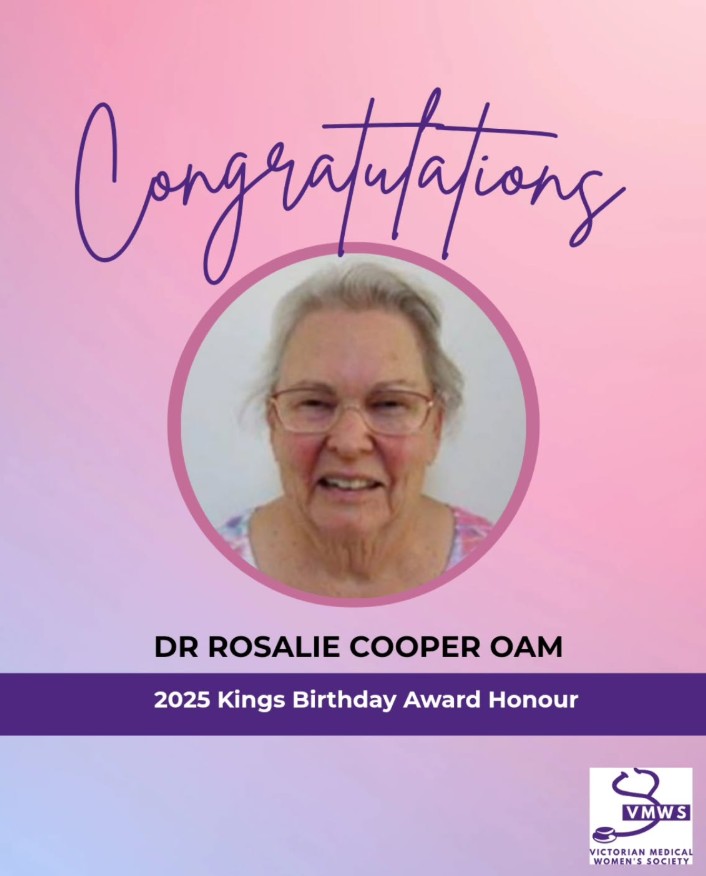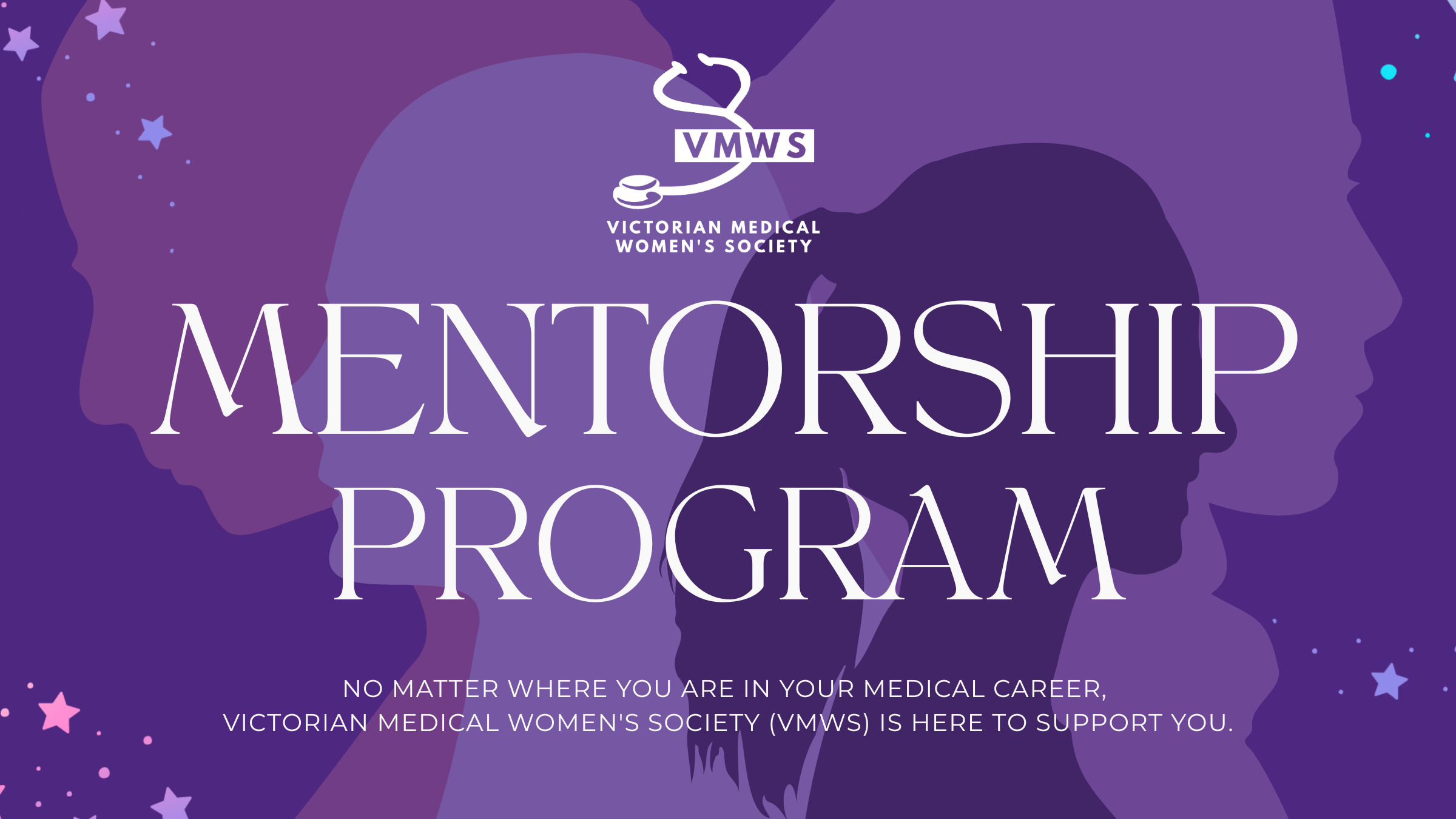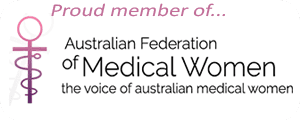Many organisations require a working with children check before people coach sport, teach or these days, to become a medical student. Those with convictions such as this doctor’s are excluded from these roles to protect children. Despite increasing importance within our community of child’s right to safety, demonstrated by the working with children legislation, the Medical Practitioners Board of Victoria has been advised by its lawyers to allow the GP to practise again, according to the McArthur article.
The Counsel assisting the board, is reported to have said that “Reasonable people who examined the details would realise he should be allowed to practise medicine again.”
As a member of a society which promotes the health of children, I consider the safety of children paramount to their long-term health and in turn, the health of the Victorian community.
Childhood sexual assault (CSA) is a serious public health problem in the Australian Community with 20-33% of Australian women reporting any childhood sexual abuse (1; 2), and 15% of Australian men (2). Links have been made with increased risk behaviours, poorer physical and mental health in adult life and early death (3-5).
Sexual abuse offenders do not inevitable re-abuse children. In a meta-analysis of recidivism studies, a minimum 13.4% (N= 23,393) committed a sexual offense in the 4-5 year follow-up period. (6) The risk of sexual offense recidivism was increased among those with prior sexual offenses, victimised strangers or extrafamilial victims, offended at an early age and those who selected male victims. (6) The doctor under discussion by the medical board is in this group.
Re-offending is difficult to monitor because CSA is largely hidden from adult society. A recent study from Sweden showed that adolescent children most often disclosed to their peers, less commonly to adults, and rarely to professionals, even fewer reported their abuse to authorities. (7) In addition perpetrators of CSA rarely report their behaviours, and when assessed as sexual offenders self-reports have high self-preservation biases (6).
The problem is not simply one of keeping his patient’s safe but keeping ALL children whom he contacts safe. Professional behaviours are not limited to our practices, we expect doctors to stop at an accident and render assistance to community members, we expect doctors to advocate for the more vulnerable members of our community and to uphold the community’s trust and expectations. We must prevent child abuse, We must not be complicit by allowing doctors who abuse and harm children, and to return to practice. As a profession we must model what we believe and lead in advocating for the safety of the child, particularly when one of our own is the perpetrator.
Dr Jan Coles
President
Victorian Medical Women’s Society
1. Fleming J. Prevalence of childhood sexual abuse in a community sample of Australian Women. Medical Journal of Australia 1997;166(20th January):65-68.
2. Dunne M, Purdie D, Cook M et al. Is child sexual abuse declining? Evidence from a population based survey of men and women in Australia. Child Abuse and Neglect 2003;27:141-152.
3. Mullen P, Martin J, Anderson J et al. The long-term impact of physical, emotion, and sexual abuse of children: A community study. Child Abuse and Neglect 1996;20(1):7-21.
4. Felitti V, Anda R, Nordenberg D et al. Relationship of childhood abuse and household dysfunction to many of the leading causes of death in adults. American Journal of Preventive Medicine 1998;14(4):245-258.
5. Beitchman J, Zucker K, Hood J, daCosta G. A review of long term effects of child sexual abuse. Child Abuse and Neglect 1992;16:101-118.
6. Hanson R, Bussiere M. Predicting relapse: A metaanalysis of sexual offender recidivism studies. Journal of Cinsulting and Clinical Psychology 1998;66(2):348-362.
7. Priebe G, Svedin C. Child sexual abuse is largely hidden from adult society: An epidemiological study of adolescent disclosures. Child Abuse and Neglect 2008;32:1095-1108.







